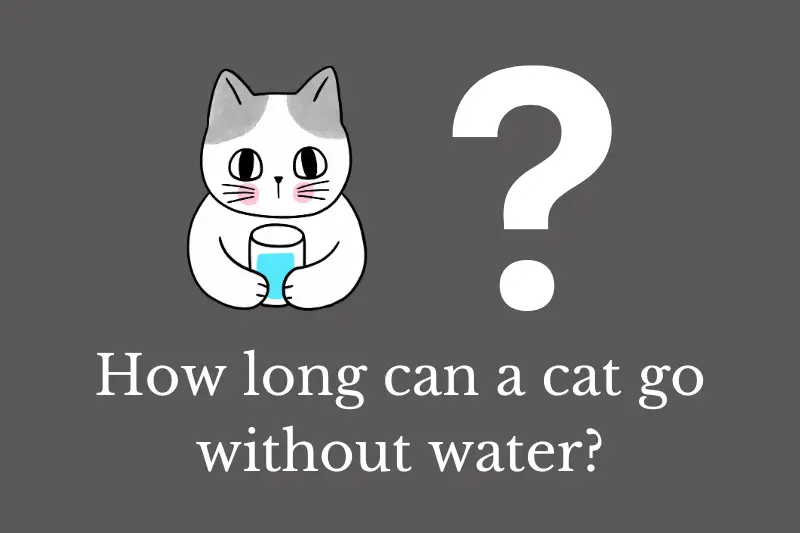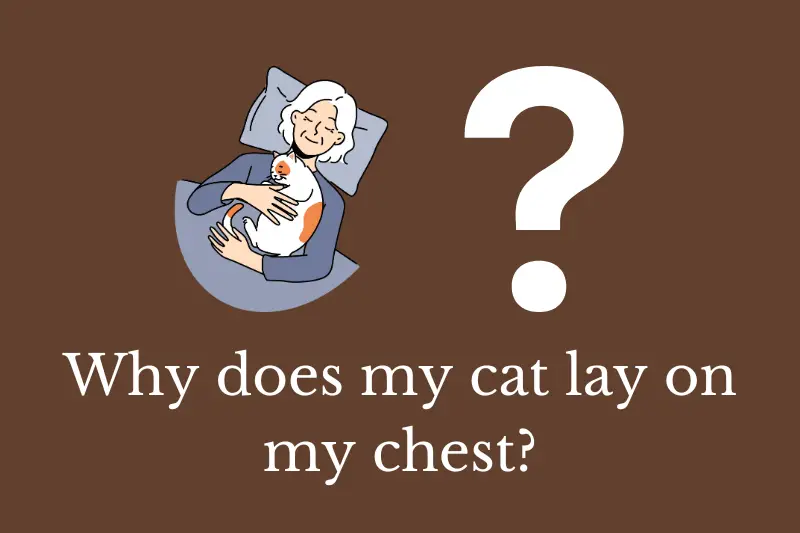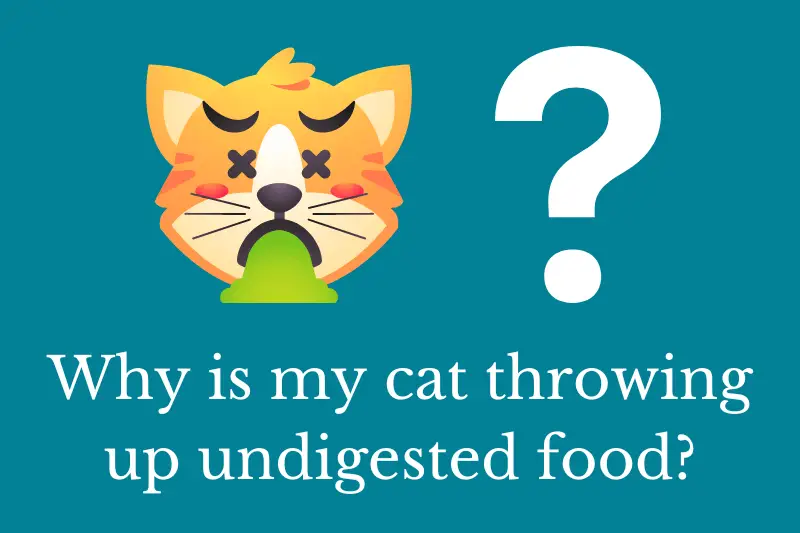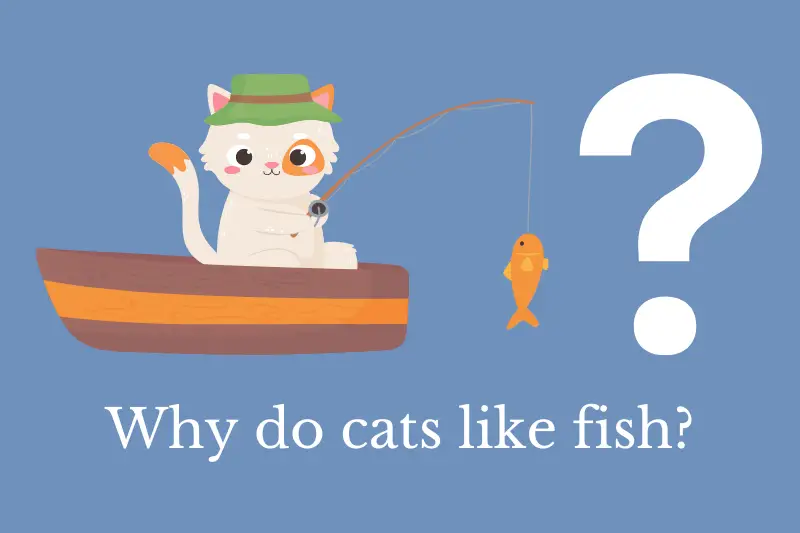Cats are known for their independence, and their ability to adapt to different environments. However, like all animals, they require water to survive. In this article, we will explore how long a cat can go without water, and the signs to look out for when your cat is dehydrated.
How long can a cat go without water?
Cats, like most mammals, require water to maintain their bodily functions. Water is essential for the regulation of body temperature, the transportation of nutrients and oxygen, the elimination of waste products, and the lubrication of joints. Without water, a cat’s organs and tissues will begin to malfunction, leading to dehydration and potentially life-threatening conditions.
The amount of water a cat needs varies depending on factors such as age, weight, and activity level. Generally, a cat should consume at least 3.5 ounces of water per 5 pounds of body weight per day. However, cats can also obtain water from their food, particularly if they eat wet food or raw meat. As a general rule, if your cat eats a diet that is primarily composed of dry food, they will need to drink more water to compensate.
So, how long can a cat go without water? The answer depends on a variety of factors, including the cat’s health, activity level, and environment. In general, a cat can survive without water for up to three days. However, this is not an ideal situation, and even a short period of dehydration can lead to serious health problems.
Signs of dehydration in your cat
The first sign of dehydration in cats is usually a decrease in urination. If your cat is not urinating as frequently as usual, or if their urine appears darker than normal, it could be a sign that they are dehydrated. Other signs of dehydration in cats include:
- Dry or tacky gums
- Sunken eyes
- Lethargy or weakness
- Loss of appetite
- Panting or rapid breathing
- Thick saliva or mucus in the mouth
If you suspect that your cat is dehydrated, it’s important to take action as soon as possible. Offer your cat water or wet food to encourage them to drink. If they are not interested in drinking, try offering them small amounts of water using a syringe or dropper. You can also try adding water to their dry food to make it more appealing.
If your cat is severely dehydrated, they may require veterinary care. Your veterinarian may administer fluids under the skin or intravenously to rehydrate your cat. In some cases, additional tests or treatments may be necessary to address any underlying health issues that may have contributed to the dehydration.
Preventing dehydration in cats is essential for their health and well-being. Here are some tips for ensuring that your cat stays hydrated:
How to prevent dehydration in your cat
- Provide fresh water at all times: Cats prefer fresh water, so make sure to change their water bowl regularly and clean it daily.
- Offer wet food: Wet food contains more moisture than dry food, which can help keep your cat hydrated. If your cat prefers dry food, consider adding water to their meals to make it more appealing.
- Encourage drinking: Some cats prefer running water, so consider investing in a cat fountain to encourage them to drink more. You can also try adding ice cubes to their water bowl to make it more appealing.
- Monitor their water intake: Keep track of how much water your cat is drinking, and make adjustments as needed. If your cat is not drinking enough water, try offering wet food or adding water to their dry food.
- Watch for signs of dehydration: Keep an eye out for signs of dehydration, such as decreased urination or lethargy. If you suspect that your cat is dehydrated, take action immediately to prevent further complications.





